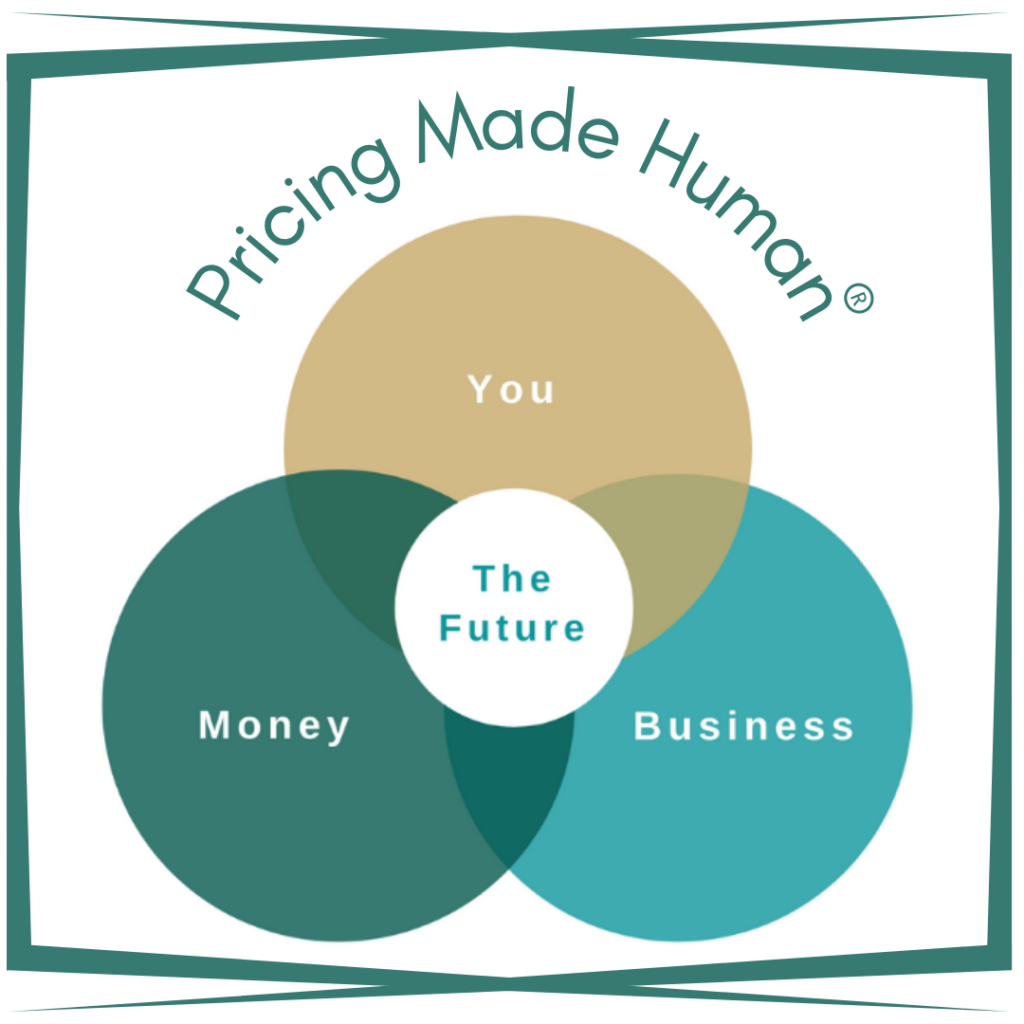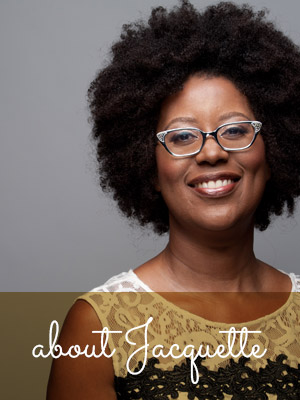In 2021, it was August 13. This year, it was September 21.
What’s the “it” to which I am referring: the day we call, “Black Women’s Equal Pay Day.” This day represents how long it takes many Black women to earn what a white, non-Hispanic man earned in the previous year – or, in this case, 2021.
For a time comparison, Equal Pay Day for White women was March 15 and May 3 for Asian women of this year. It will be November 30 for Native women and December 8 for Latin women. (All dates grabbed from the American Association of University Women.)
The Things We Know
The problem with Equal Pay Day, aside from the fact that we actually have such a “day” in the first place, is that it is for the same reasons year after year!
Sure, it lands on a different day each year (as noted above) due to a combination of factors, e.g., the latest wage gap data and other current economic events (like the ongoing effects of the pandemic). But in the end, it always goes back to the same reasons.
We know the systemic and institutional reasons for the pay inequity – including discrimination, microaggressions and underrepresentation.
We know it is a concatenation of legislative policy, e.g., “many workplace protection laws excluded Black women, explicitly or implicitly,” and employer hiring, compensation, and promotion practices. Whether we’re looking at minimum wage jobs, jobs in the c-suite, or in professional sports (uh, soccer and basketball, anyone).
So, we know the issues!
The reasons for the pay gap are not shrouded in some mystery!
We also have ideas of what can be done and by whom.
The government at the federal, state, and city levels can pass long overdue legislative policies. And some effort has been put through on this front, e.g., raising the minimum wage.
Employers of all types, but particularly large corporations, can discontinue the practice of asking about salary history and be more transparent about the salary bands of positions. Or, put forth more effort when it comes to hiring from a broader candidate pool.
My fellow speakers-for-hire and I are micro businesses (as defined by the Small Business Administration) and one of the things we do is share with each other our fees and other engagement requirements.
And I love the idea from Lauren Wesley Wilson, which helps to shift the conversation from asking for equal pay to asking for commensurate pay. Per her interview with CNBC, doing the latter recognizes everything someone brings to the table. What I love about her idea is how it reminds individuals, especially Black women, that despite the history and facts, they don’t have to be a victim; there is power in self-advocacy.
Perhaps another reason Ms. Wilson’s comment resonated with me is because her “equal” vs. “commensurate” echoes a sentiment I wrote about in my Juneteenth piece this year. In that missive, I shared how we need to think less about catching up when it comes to closing the wealth gap, and focus more on putting policies and practices in place that don’t block Black Americans’ economic progress!
There’s a cost to focusing on equal pay, just as there is a cost to focusing on “catching up.”
And, we know the price of these “costs” to individuals, families, and communities.
One point of evidence: According to the National Women’s Law Center, Black women lose out on roughly $1 million of income over a career.
So, like I said, we know the issues.
Likewise, we know some solutions already exist while others are waiting to be innovated.
We know these solutions are complex and need to be multi-layered in order to address a long history of economic and racial discrimination and inequality.
But how…
Each year, I, along with others, pen a piece about the pay disparity. Some of us also use this time to express our individual and/or collective frustration about it.
For a reason I haven’t been able to put my finger on, my frustration is at an all-time high this year. I find the disheartening numbers absolutely tiring.
One on hand, I wonder how we keep the faith?
A dear friend of mine said it best, “Awareness is good. But even more, it’s time to act up and out! But how…”
How? In a way that is effective and sustainable with a multi-generation impact.
How? When it comes to processing your feelings in the midst of continuing to see how slowly progress is being made.
How? When it comes to determining what actions you can/need to take?
“But how?” is the proverbial question isn’t it?
It’s also a bit uncomfortable, which is precisely why we each need to sit with it.
Quite frankly, against the backdrop of the yearly Equal Pay Day numbers and the uphill battle of closing the wealth gap, what gives me hope are the stats about education and entrepreneurship:
- According to the National Center For Education Statistics (NCES), Between 2018 and 2019, Black women made up 68% of associate’s degrees, 66% of bachelor’s degrees, 71% of master’s degrees, and 65% of doctoral, medical and dental degrees.
- According to JP Morgan, “Black women are the fastest growing demographic of entrepreneurs in the U.S….The number of businesses owned by Black women grew 50% from 2014 to 2019, representing the highest growth rate of any female demographic.”
I am encouraged by and proud of these stats for many reasons, but mostly because this combo is what will enable us to harness direct control over the, “but how?,” when it comes to addressing the wage and wealth gaps.





